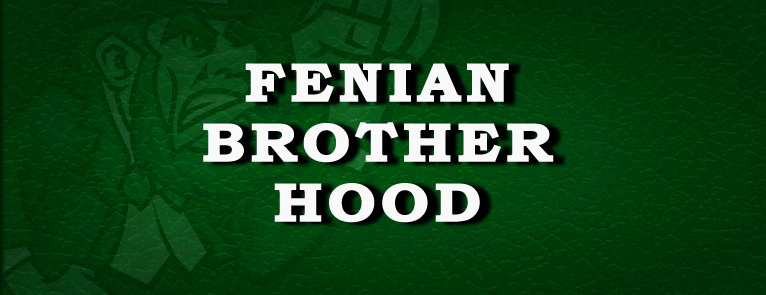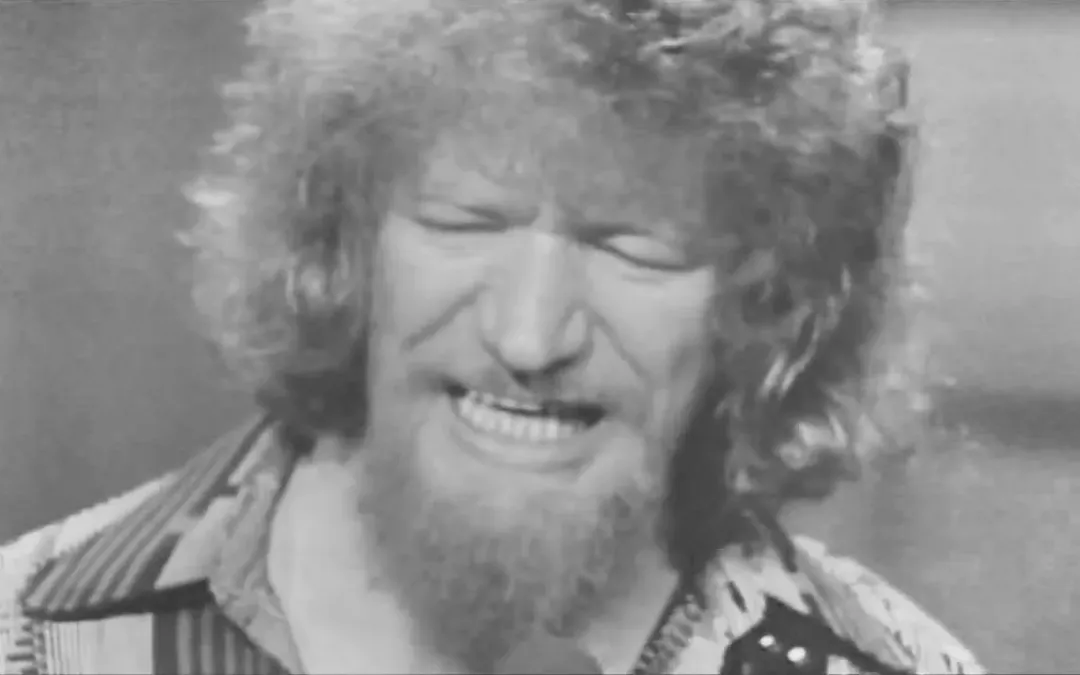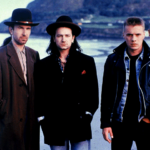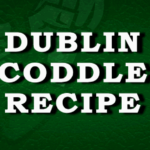In the aftermath of the Great Famine, Ireland was exhausted. The population had fallen dramatically through death from hunger and disease, and from mass emigration. Over a million people had fled to seek a new life in North America, and possibly the same number settled in Great Britain. They took with them a seething hatred of England, blaming the government for the calamity that had fallen upon their motherland. The men who had taken part in the Young Ireland rebellion of 1848 began to recruit and plan armed insurrection again.
James Stephens
James Stephens (1824-1901) who had escaped from the British by pretending to have died and then fled to France in 1848, returned to Ireland in 1856. Using the code name An Seabhach Siúlach, or the wandering hawk, he traveled throughout Ireland recruiting and in 1858, financed by a modest stipend from Irish Americans, he was able to establish the Irish Republican Brotherhood. In America, at the same time, The Fenian Brotherhood was established by John O’ Mahoney, a former colleague of Stephens’ in Paris. Other leading members of the Fenian movement were Charles Kickham, Jerimiah O’ Donovan Rossa, Micheal Doheny and Thomas Clarke Luby.
Preparation for an armed uprising
From the start, the over-riding ambition of the Fenian's was that Ireland would be a free and self-determined nation. They recognized that Britain would not agree with this and so they began to prepare for an armed uprising. They began to organize in cells and each member had to take an oath. The American branch was to finance the buying and supply of weapons coupled with the provision of trained officers.
The movement had strong appeal to those of a working-class background, not only in Ireland but throughout the Irish diaspora, particularly America and Britain. Because of the proletarian background of the Brotherhood the secrecy that is maintained and the fact that it believed in the separation of Church and State, it incurred the anger of the Catholic Church which castigated it as a communist organization.
In 1861, when the poverty-stricken veteran Young Irelander, Terence Belew Mc Manus died in San Francisco, the Fenians organized a massive funeral for him. They had his body removed to St. Patricks Cathedral in New York where it lay in state. Next, they had Mc Manus’ body repatriated to Glasnevin. The Archbishop of Dublin Dr. Paul Cullen refused to allow the use of the Pro-Cathedral and denied religious rites for the funeral and interment. However, the Catholics of Ireland openly defied the Church and the mourners were a number around 70,000. A priest from County Mayo, Fr. Patrick Lavelle gave the oration.
Irish American Ties
As the Irish branch of the movement depended heavily on the American branch for support, the outbreak of the American civil war in 1861 was a catastrophe. Any plans for a rebellion had to be postponed. The Irish in America joined both the Union and the Confederate armies in droves. When that conflict came to an end in 1865 and disbanded Irish soldiers became available again, Stephens, dithered about beginning a rebellion. Due to his hesitancy, quarreling developed between him and other leaders of the movement, including O’ Mahoney. Also, by this time, the British had managed to insert spies and informers into the IRB.
In September 1865, the British went into high alert and many of the IRB leaders, including Stephens, were taken into custody.
In America, the Fenian's were also quarreling. One section, led by Col. John Roberts wanted an immediate invasion of Canada. On 31 May 1866, a force of 800 Irish Americans (The Irish Republican Army) crossed into Canada and took Fort Eirie, they also defeated a Canadian force sent against them at Lime Ridge. However, Americans cut off the Irish in order to prevent the United States losing its neutral status thus causing Roberts and his men to withdraw.
Sources
- The Bold Fenian Men.The Green Flag, Part two. Robert Kee. Penguin Books. London. 1992 edition.
- A History of Ireland. Jonathan Bardon. Gill and Macmillan. Dublin. 2008 edition.
- Modern Ireland 1600-1972. R.F. Foster. Penguin Books. London. 1989 edition.










